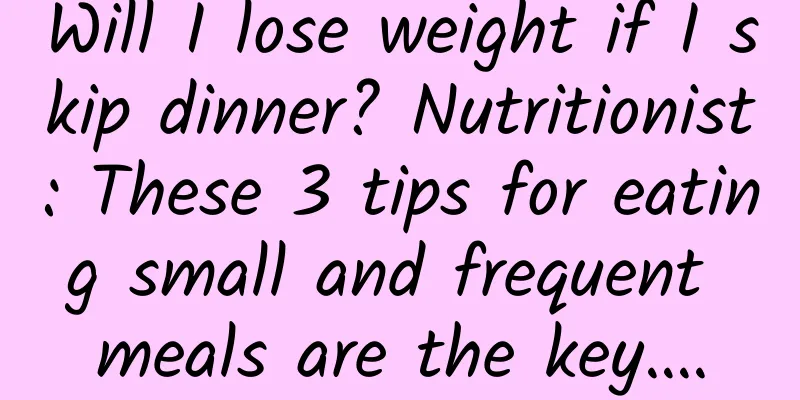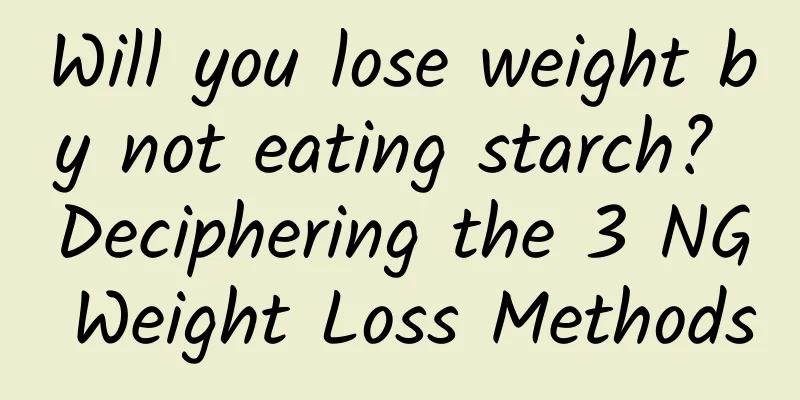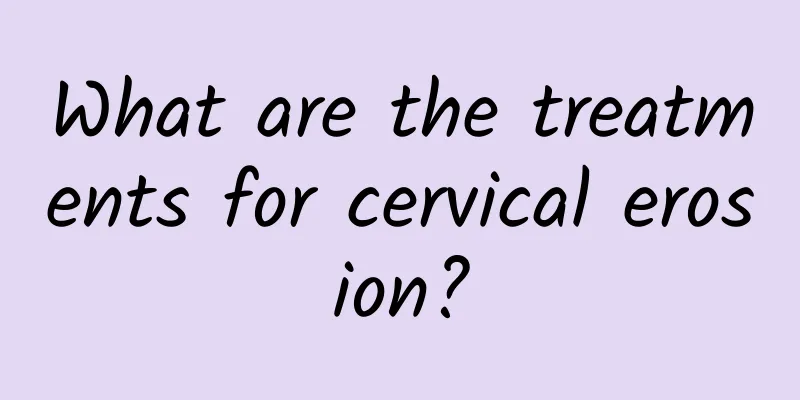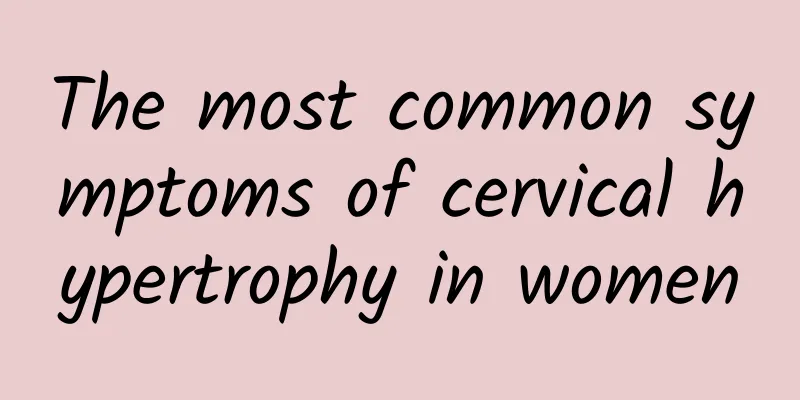Will I lose weight if I skip dinner? Nutritionist: These 3 tips for eating small and frequent meals are the key….

|
When it comes to losing weight, you must have often heard: "Don't eat midnight snacks", and many people also think: "Then just don't eat dinner at all." It may sound reasonable to eat less calories by skipping a meal, but it won't actually make you lose weight faster. Why? When a meal is skipped and the body is hungry for too long, the absorption rate of the next meal will increase compensatorily. Moreover, most people have a compensatory mentality, thinking: "I didn't eat anything at the last meal, so it shouldn't matter if I eat a little more at this meal." This will actually make you eat more food. In addition, when you eat a lot at a meal, your blood sugar will soar. At this time, the secretion of insulin will increase, and any excess calories will be converted into fat under the action of insulin. So, skipping a meal won't necessarily make you lose weight faster. It is recommended that you follow the following principles when losing weight: 1. Eat small, frequent meals If your work permits, it is recommended to eat small meals frequently during weight loss, because small meals can keep blood sugar levels more stable. As long as blood sugar is stable, it will not promote excessive insulin secretion and fat will not be easily synthesized. 2. Fix the total calories for the day No matter how many meals you eat in a day, the most important thing is to properly control the "total calories" of the day. 3. Eat low GI foods GI value (Glycermic Index) is also called "glycemic index", which refers to the speed at which blood sugar rises after food intake. The higher the GI value, the faster your blood sugar rises after eating, and of course the easier it is to gain weight, so try to choose foods with low GI values while losing weight. Foods with a low GI value have the following three characteristics: (1) Original flavor: Food additives and seasonings will increase the GI value of food, especially foods with added sugar. For example, the GI value of fresh vegetables is lower than that of kimchi. (2) Less digestible and less processed: For example, dry rice is more difficult to digest than porridge and has a lower GI value; brown rice is less processed than white rice and also has a lower GI value. (3) High fiber: Foods with high fiber content have lower GI values. (4) Low sweetness: For example, fruits such as pineapples, grapes, watermelons, lychees, and longans are relatively sweet and have higher GI values. Apples, guava, kiwi, wax apples, etc. are less sweet and have lower GI values. This article comes from: Donna Nutritionist Chen Yichun's blog ※For more information, please visit "Donna Nutritionist Chen Yichun's Blog" |
<<: Say no to obesity! The secret is that everyone can do it...
Recommend
There are many types of irregular menstruation.
Irregular menstruation is a common disease among ...
Traditional Chinese Medicine: Acupuncture thread embedding for weight loss combined with diet control
As more and more people pursue beauty, "acup...
Mermaid line coach Zheng Xinyu practices heart rate aerobics at home
Zheng Xinyu, the mermaid line coach who became fa...
Is it impossible to get pregnant if you have chronic adnexitis?
Is it impossible to get pregnant if you have chro...
What are the symptoms of cervical erosion? Why is there tofu dregs after taking medicine for cervical erosion?
Cervical erosion is a common problem among female...
Can patients with cervical precancerous lesions eat fish?
Patients with cervical precancerous lesions will ...
What are the main postoperative care for chronic cervicitis?
What are the main nursing care for chronic cervic...
Common prevention of vaginitis in daily life
In life, there are many factors that can cause va...
Cost of Care Center for Hyperprolactinemia Patients
How much does it cost to care for patients with h...
What should patients with vulvar leukoplakia pay attention to during treatment?
What precautions should patients with vulvar leuk...
What are the common early symptoms of cervical erosion?
Cervical erosion generally has no obvious symptom...
There are some tips to prevent threatened abortion
Many female friends will encounter many problems,...
How to get rid of obesity and "tuna belly"? Traditional Chinese Medicine: Drinking dehumidifying and fat-removing tea, 3 tips to effectively control body fat
Don’t want to face the weighing scale after the C...
What are the early symptoms of pelvic peritonitis?
In daily life, many people around us are prone to...
How to check for endometriosis
Uterine fibroids often present similar symptoms. ...









